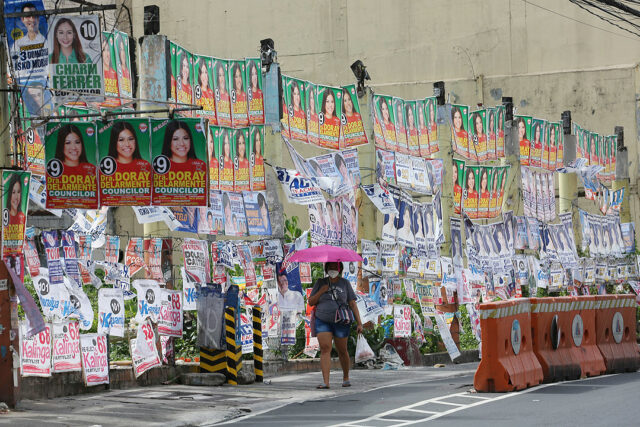‘Surprise’ urban Malaysia floods drive pleas for climate action
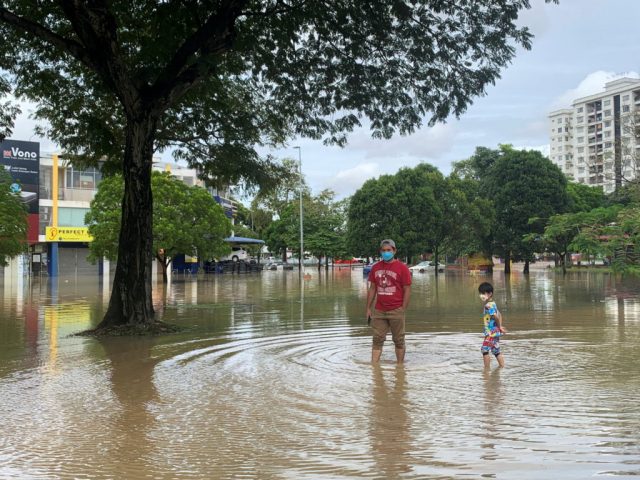
KUALA LUMPUR — The damaged furniture and mud-caked walls left by floodwaters have now been replaced or cleaned in Elizabeth Chong’s family home, but lost forever are old photos and documents that gave a precious glimpse into her ancestors’ lives.
On the street in Malaysia’s capital Kuala Lumpur where Chong’s family have lived for almost a century residents have coped with regular flooding for decades — but nothing prepared them for the devastation caused by rising waters late last year.
Ms. Chong, who lives in a two-storey house with her disabled aunt and retired mother, was among more than 120,000 people displaced by heavy rains and severe flooding in mid-December and early January across Malaysia.
“We knew that it was raining constantly and we expected a flood — but not to that extent,” the 22-year-old told the Thomson Reuters Foundation.
“The doors burst open. Water came in like crazy. All of a sudden it was chest high,” said Ms. Chong, an administrator for a pharmaceutical company and a part-time student.
Disasters in 2021 from extreme weather and natural phenomena such as earthquakes resulted in a global economic loss of $270 billion, according to a March report by the Swiss Re Institute.
Floods alone accounted for 31% of those losses, it noted.
Like many Southeast Asian nations, Malaysia suffers regular flooding during its annual monsoon season but such widespread destruction rarely occurs in the richest states, including the capital and neighboring Selangor.
Urban areas across the region — already struggling to cope with booming populations, rapid urbanization and crumbling infrastructure — now face heightened threats from climate change-driven storms, heatwaves, floods, and forest fires.
Malaysia’s recent floods — some in areas once considered immune to such damage — caused nearly $1.5 billion in losses and were described by government officials as a “once-every-100-years” weather event.
But victims say the country’s response to the floods was often slow and inadequate, and green groups are now calling on the government to introduce laws to cut climate changing emissions and boost emergency response and adaptation efforts.
“Floods occur every year somewhere, at some time in the country,” said Salleh Mohd Nor, a former president and senior advisor at the Malaysian Nature Society.
“To say that this (flood) is one-in-100-years is something I doubt … with climate change the rains will be more frequent and torrential,” he added.
WAITING FOR RESCUE
The last time deep floodwaters entered Ms. Chong’s terraced house — which sits near a river and in the shadow of a huge mall and fancy hotels — was in 2000. One of her earliest memories is of falling into floodwaters as an infant.
Renovations to the house over the years have included adding an additional floor, raising the structure by 2 feet (0.6 meters), and installing a flood barrier.
Authorities also completed construction of a key drainage and road tunnel in 2007, to guard against flash floods in the capital and help ease traffic congestion.
But after more than three days of near-constant rain in late December, floodwaters rose in about three hours from a trickle in Ms. Chong’s home to touching the ceiling of the ground floor.
She and her family were forced to seek safety on the dry upper floor where, in darkness after the electricity was cut, she began frantically calling emergency services on her mobile phone. Nobody answered.
As trapped neighbors shouted questions and instructions to each other through windows, Ms. Chong phoned her local fire station and was told to call the national government helpline.
A quick Google search showed that it only operated from 9 a.m. to 6 p.m., she said.
Fire crews eventually used a boat to rescue Ms. Chong’s family from the balcony, dropping them off on higher ground — and in the rain — without additional help, she added.
They temporarily moved in with family that lived elsewhere in the city, and the next day she returned home with her mother to salvage some belongings.
“This house had a lot of photos,” Ms. Chong said. “Historical, valued things from my grandparent’s time were all ruined.”
VANISHED FORESTS
Malaysia was once entirely covered in trees but nearly half have now vanished, according to green group WWF.
The country has lost nearly a fifth of its primary forest since 2002, though deforestation rates have fallen in recent years, according to monitoring service Global Forest Watch (GFW).
Analysts say forest losses may be contributing to the worsening floods, with many of the hardest-hit states also showing the highest deforestation rates, according to GFW data.
As news reports emerged of rivers and flooded areas awash with logs, opposition politicians called on the government of Pahang state, east of Kuala Lumpur, to check on illegal and uncontrolled logging.
Damien Thanam Divean, vice president of non-governmental organization PEKA Malaysia, said clear-cutting of forests, to plant crops such as palm oil and durian fruit, had reduced the ability of land to absorb water, worsening floods.
He called for a change in the national constitution to put forest management under federal control, with funds allocated to states to promote conservation efforts.
Malaysia’s Environment Ministry and Prime Minister’s Office did not respond to a request for comment.
Still, it is difficult to prove that deforestation upstream caused any specific flooding event, said John-Rob Pool, the implementation manager for Cities4Forests, led by the World Resources Institute, a US-based think-tank.
During heavy rains, however, forests and fallen vegetation slow runoff, allowing more water to enter the soil and reducing the amount flowing downstream.
That means, “restoring forests is an absolute no-regret strategy” whether for biodiversity protection or lowering flood risk, Mr. Pool said.
Typically, seasonal floods happen more along the eastern coast of the Malaysian peninsula, said Renard Siew, a climate change advisor at think-tank the Centre for Governance and Political Studies — so the floods in December came as a shock to many urban residents.
They “never thought the time would come when they would actually have to evacuate from their homes for safety,” he said. “That took them by surprise.”
Climate change played a role in the severity of the rains and floods, he said, but other factors also contributed to the damage, from garbage-clogged city drains to construction on formerly green areas.
He urged Malaysia’s government to better protect forests and mangroves, plant more urban trees and introduce a climate change act to help ministries and authorities work better together.
“We saw in December that things were not as coordinated as they should be,” he said.
SLOW RECOVERY
Kuala Lumpur resident Ms. Chong’s salary barely covers the household bills and her flood-hit family received no clean-up or financial help from the federal government, she said.
But local charities, non-government organizations and others stepped in to help — including Ms. Chong’s employer which set up a fund to replace damaged items while friends chipped in with plates, cups and a rice cooker.
The house is now clean of mud but still needs major repairs on the electrics and toilets — and Ms. Chong’s wheelchair-bound aunt now lives in temporary accommodation provided by a non-government organization.
Ms. Chong blames the loss of trees — and a lack of investment in flood prevention infrastructure — for her family’s losses.
“One of the reasons why it floods so much is because they cut down too many trees or burn down trees to make way for developments and palm oil plantations,” she said. — Michael Taylor/Thomson Reuters Foundation

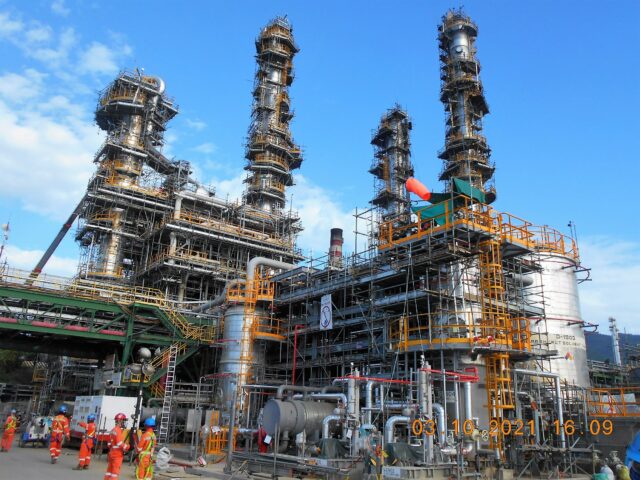
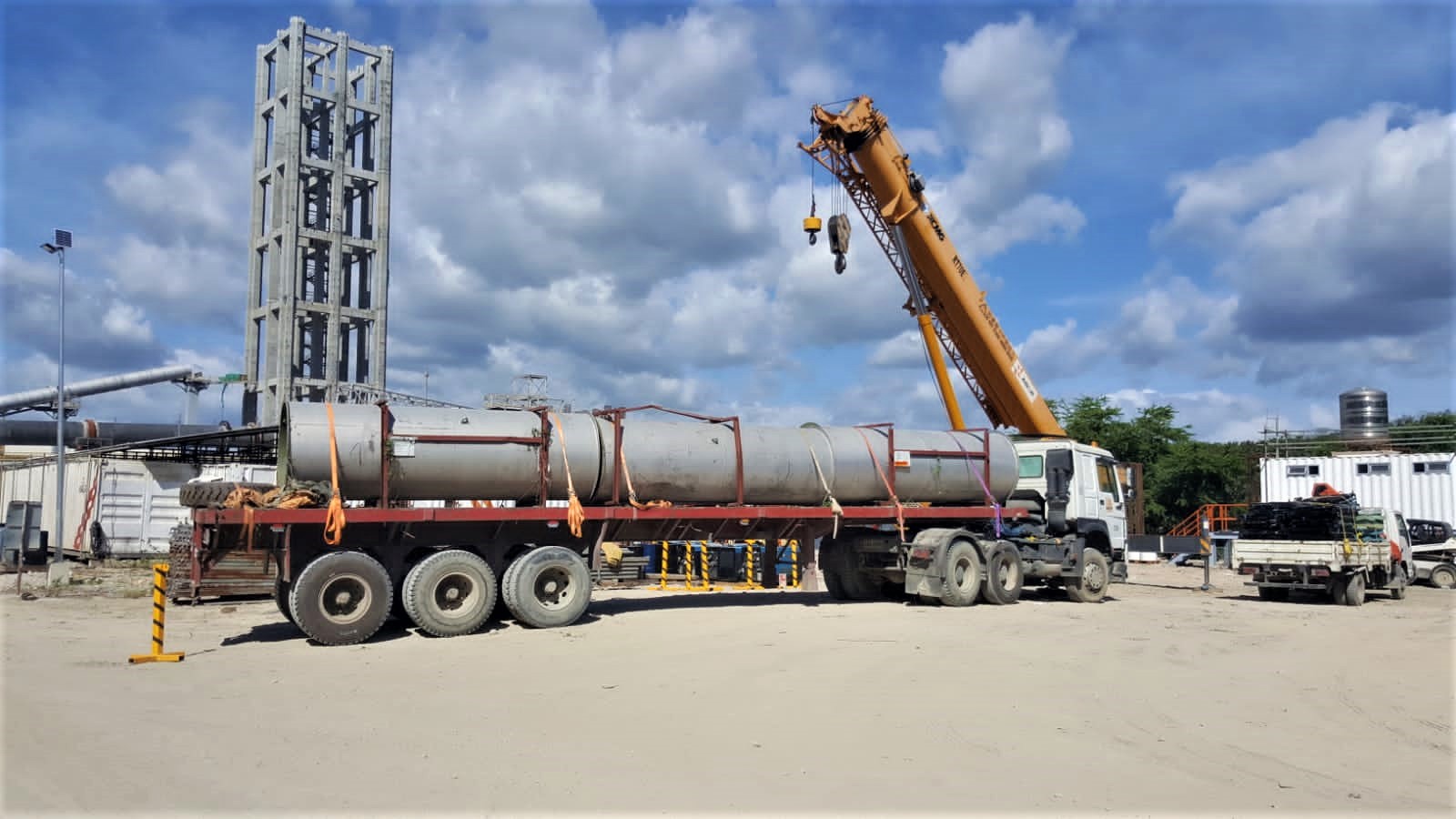
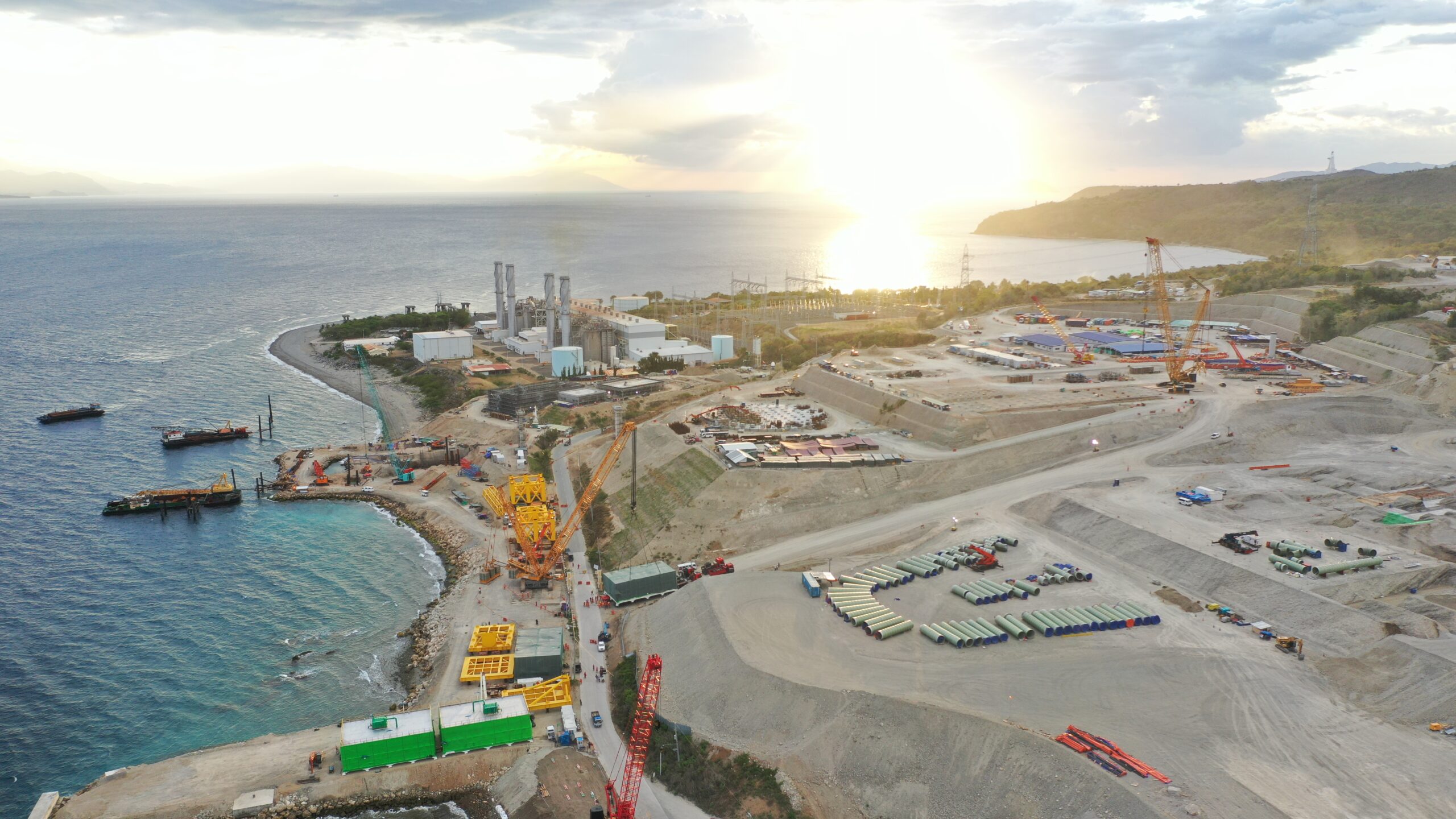
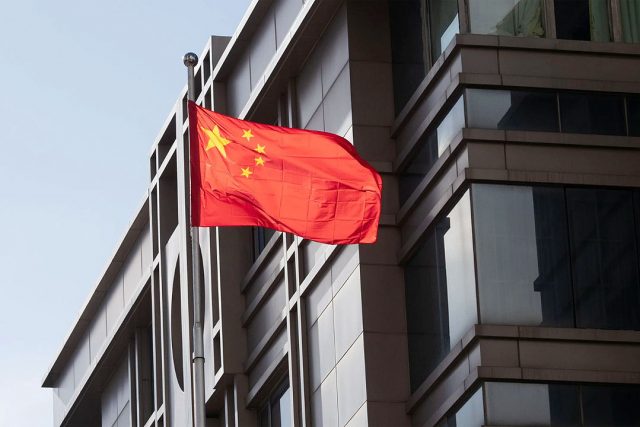


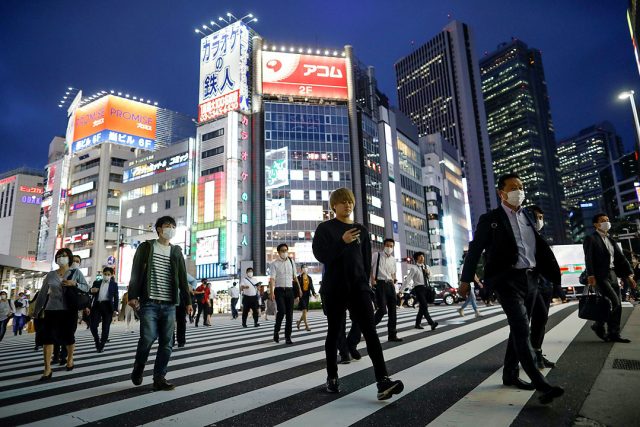
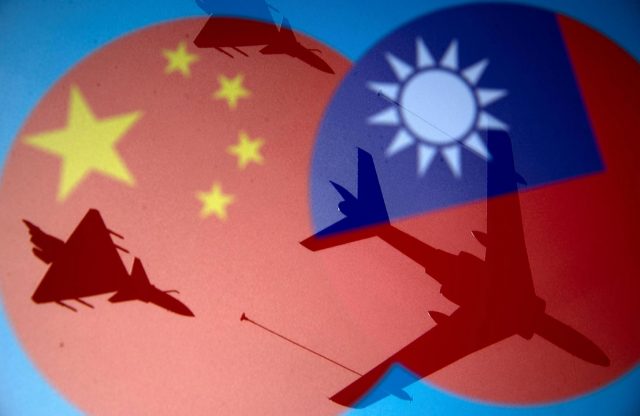

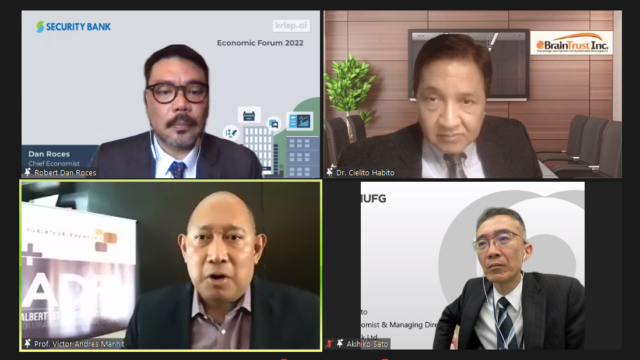
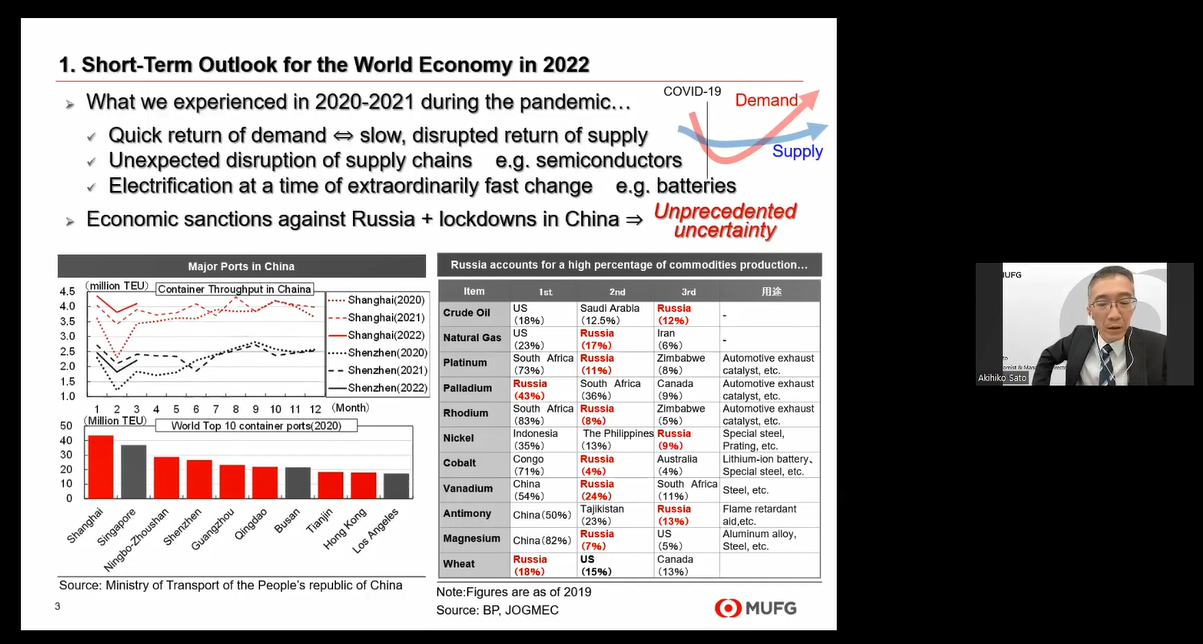



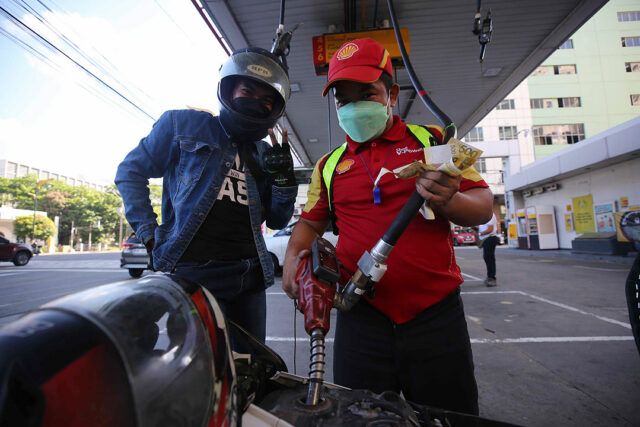

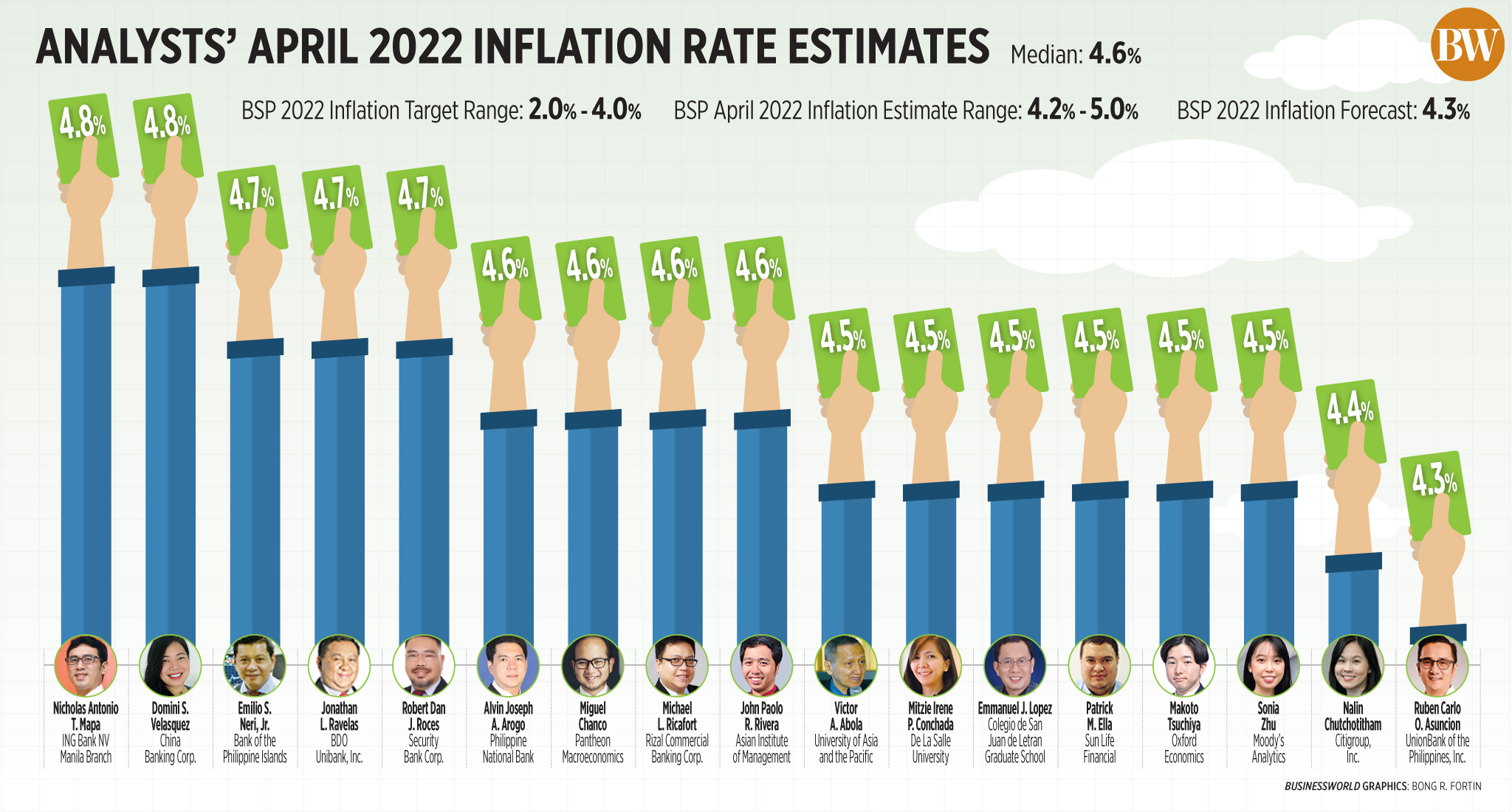
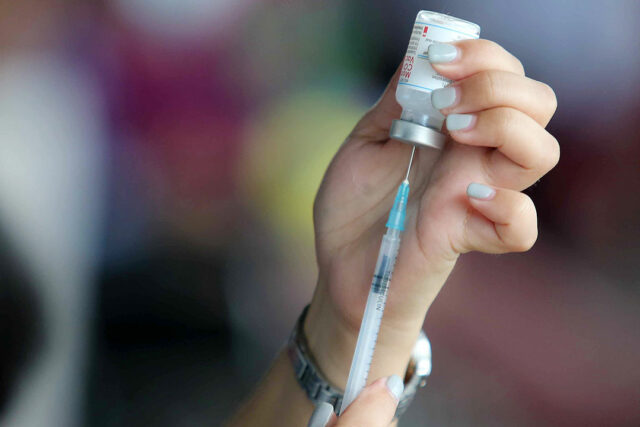
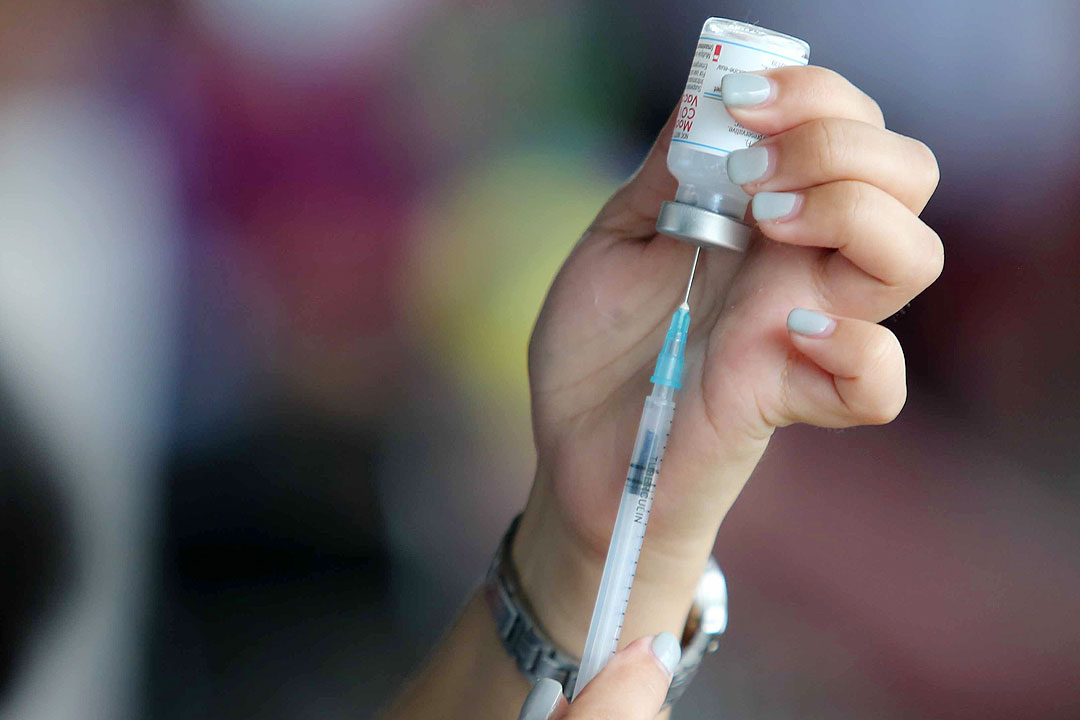
 “We don’t wear face masks in our community so we can continue to breathe the fresh air, fish in our waters and eat healthy food,” Mr. Tena said. “This is how we stay strong.”
“We don’t wear face masks in our community so we can continue to breathe the fresh air, fish in our waters and eat healthy food,” Mr. Tena said. “This is how we stay strong.”